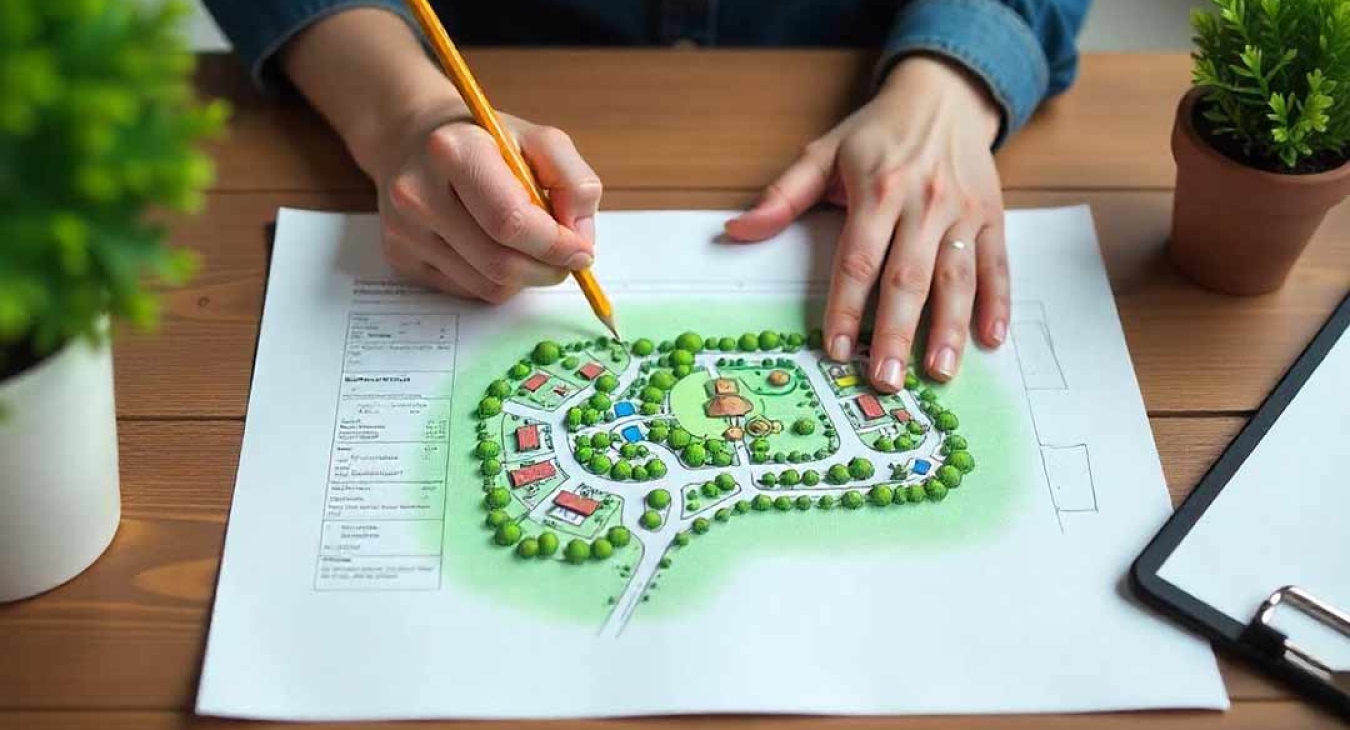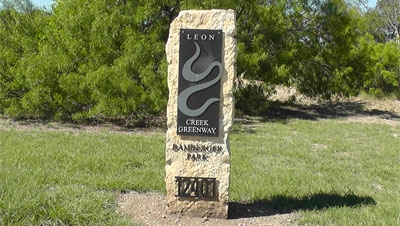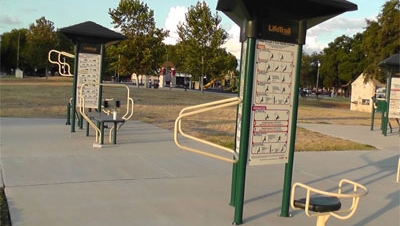It's A Fine Line Between
You might think you could just throw some bases down in a diamond form, slap up some two-by-sixes and throw a rope and swing over the top, plant a tree, run the garden hose from the neighbor's house for a drink, and say game on! and you ve got yourself a play ground.
Back in the sandlot days, that was kind of how it was. Anymore, you have to have more of a game plan to have a fully functional playing field. Enter zoning, planning, approval, and logistics for creating a safe play environment in a good location with safety certified structures. Somebody has to sketch the area out, construct diagrams, build models, and estimate the cost for the project. Who is going to decide who will do the construction and work with contractors to review bids as well as monitor the whole process? This sounds like a job for Superman, doesn't it? You could get a landscape architect to take care of this for you. That's their job. All they are missing is the cape, and they'll have been put through their paces to earn it.
A landscape architect degree is an advanced college degree obtained in either a college-level or graduate-level specialty. Education covers the whole gamut from engineering aspects of grading and draining, material usage (wood, concrete, paving), as well as construction, safety and accessibility standards, all the way to plant materials and maintenance.
One of the most important thing a landscape architect learns, though, is how people utilize outdoor areas and how they behave in, as well as interact with, different outdoor environments. By learning these fundamentals, a landscape architect is able to create a harmonious outdoor setting for people, plants, and structures.
Another important thing about using a landscape architect is their knowledge of how children, in particular, will utilize, interact with, and benefit from a specially designed playing field.
It is important to note that designing play environments for children requires special knowledge, notes Susan Goltsman, principal of MIG (named after founders: Robin Moore, Daniel Iacofano and Susan Goltsman). MIG's interest in this aspect of architecture, as well as knowledge of child development, helps their architects to understand the importance of certain components and structures and their placement and appropriateness. Safety and accessibility are critical elements of the playground and are always factored in when creating a design.
“It is important to note that designing play environments for children requires special knowledge,” notes Susan Goltsman, principal of MIG.
There are different kinds of focus for playgrounds, such as freeplay, family friendly, where all can enjoy, and then playgrounds suited for more organized play that are a more supervised environment, such as at a school playground. Whether it is an urban setting or a very large play environment in a more natural setting, incorporating learning opportunities is certainly an important part that MIG architects believe in.
A good one will be well-versed in all of the aforementioned. According to the U.S. Department of Labor, Bureau of Labor Statistics, landscape architects should know what they are doing as they usually have had to get a bachelor's degree in landscape architecture to be hired in even an entry-level position level position. Many even complete an internship, which is a plus and is a preference of many employers.
With the increased demand for the use of natural elements in man-made environments, along with restrictions also increasing, landscape architects have become more valuable still because they need to be educated about such restrictions to graduate in their field (no pun intended).











